Click to view our Accessibility Statement or contact us with accessibility-related questions
Free Standard Shipping in the US on orders over $99
Free Standard Shipping in the US on orders over $99
PRODUCTS YOU MAY LIKE
Drop Refurbished
Like-new products you can trustDrop Rewards
Get $5 for every 500 points you earn! Learn more
Drop Keyboard Club
Become a member and expand your keycap collectionCollaborate With Us
For Brands & Designers© 2024 Drop
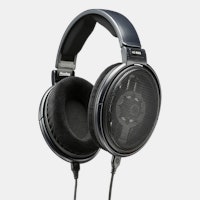
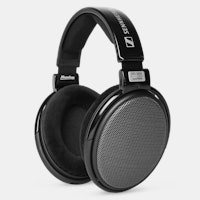

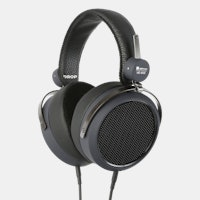
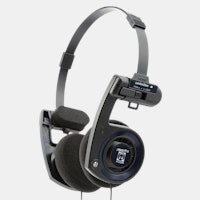

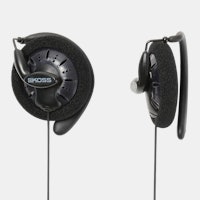
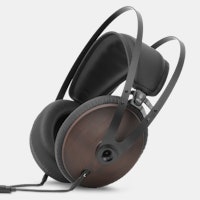
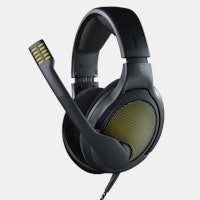
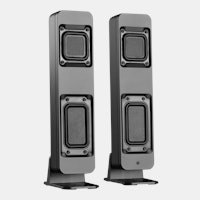
Strangely, although he correctly states that 24 gauge is insufficient, the author makes no mention of skin effect, which comes into existence when you crank up the amp and start playing loud (some people do). That puts a serious stress on the entire system and the poorly designed cable could actually be the first thing to fail, increasing the impedance, which the author correctly points out as the problem.
The author never mentions speakers with impedance lower than 8 Ohms. Most of the claims in the article would need to be revised with such more demanding speakers. Also, for all arguments, the author always assumes "a well-designed amp". Sadly, very few are designed well and they cost a lot of money. Most amps are not stellar in their impulse response, damping factor and output impedance under heavy load. In the real world, amps, speakers and cables are all weak links. So if you are building a good system, consider every element.
Lastly, the author claims that the human ear "hears like an oscilloscope." This is really hard to understand because oscilloscopes don't have hearing. To base most of the assumptions in the paper on oscilloscope measurements rather than listening tests means to disregard the controlled studies and abilities of trained subjects. And no, listening tests should not be done at trade shows, where its so loud, you cannot hear a conversation, so the so-called "demonstrations" are useless and are just designed to get people into the booth. Of course, if you work for the manufacturer, who is doing the demonstration, that doesn't add to your credibility and contributes to bias.
For an example from another industry, consider that a $3 bottle of wine is all you need, because grapes are grapes and water is water, same anywhere in the world and a 5% change in mineral composition doesn't matter. Then, a $30 wine would be sold primarily to fool people and $300 wine is definitely a total scam. If you believe that to be true, definitely don't join this drop ;)
But if details matter, then consider that we put years of research into making something that's much superior to the 28 gauge lamp cord, in underlying physics, construction and build quality.
And since the author supports our choice of 12 gauge wire, as well as correctly designed insulation and benefits of gold-plated contacts, then at least we agree on several things and the link actually serves as an endorsement, so definitely thanks for that.